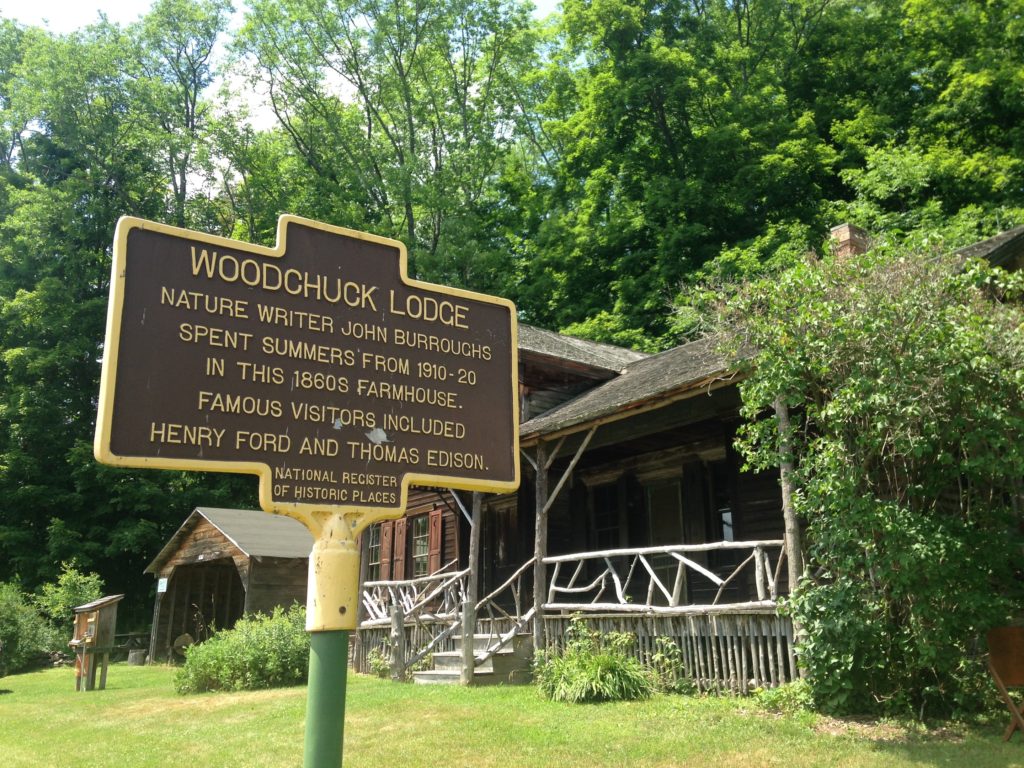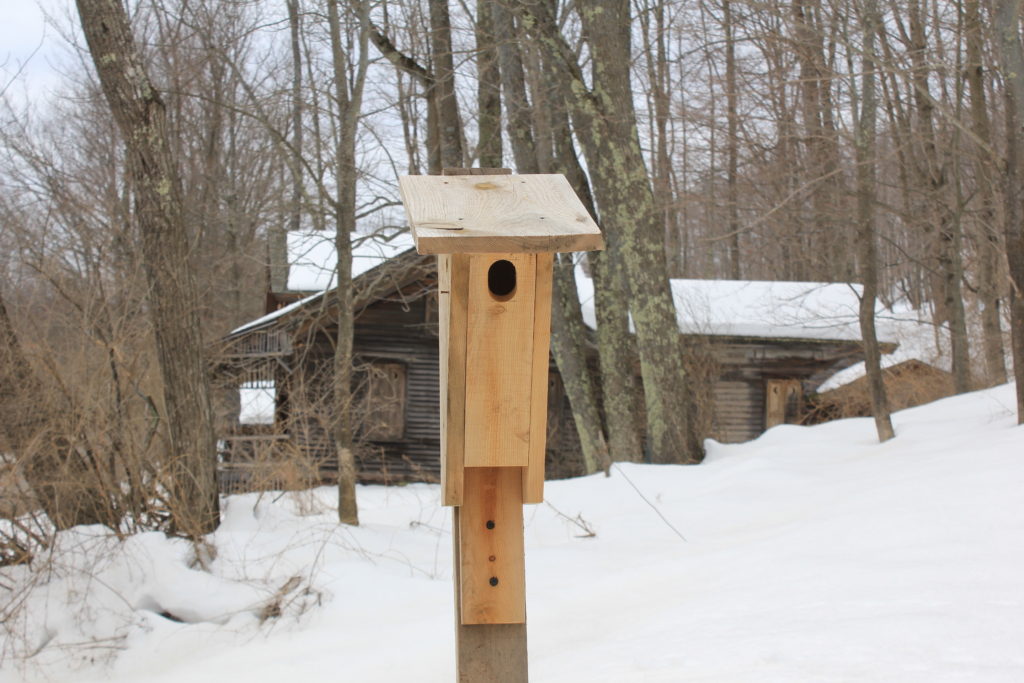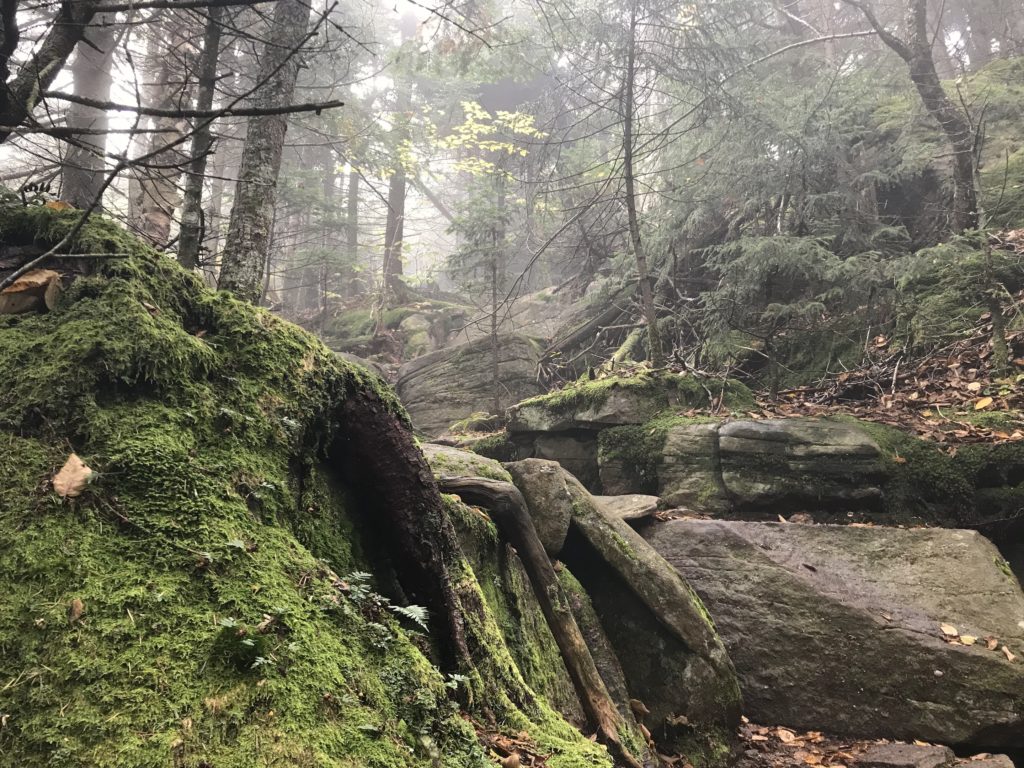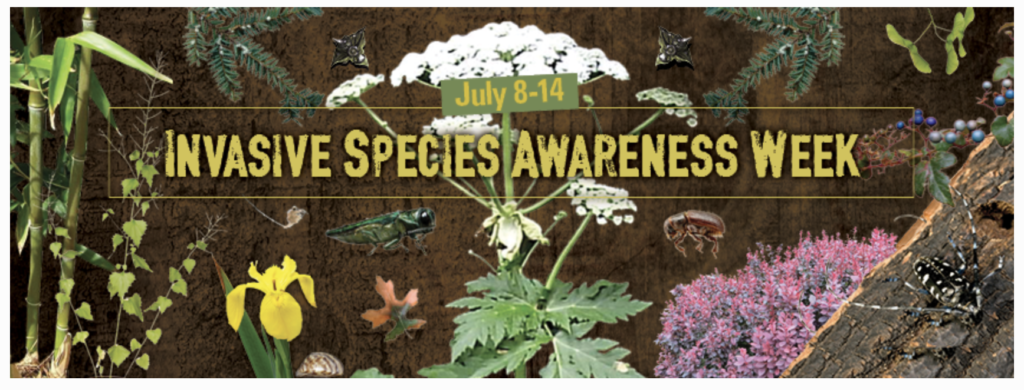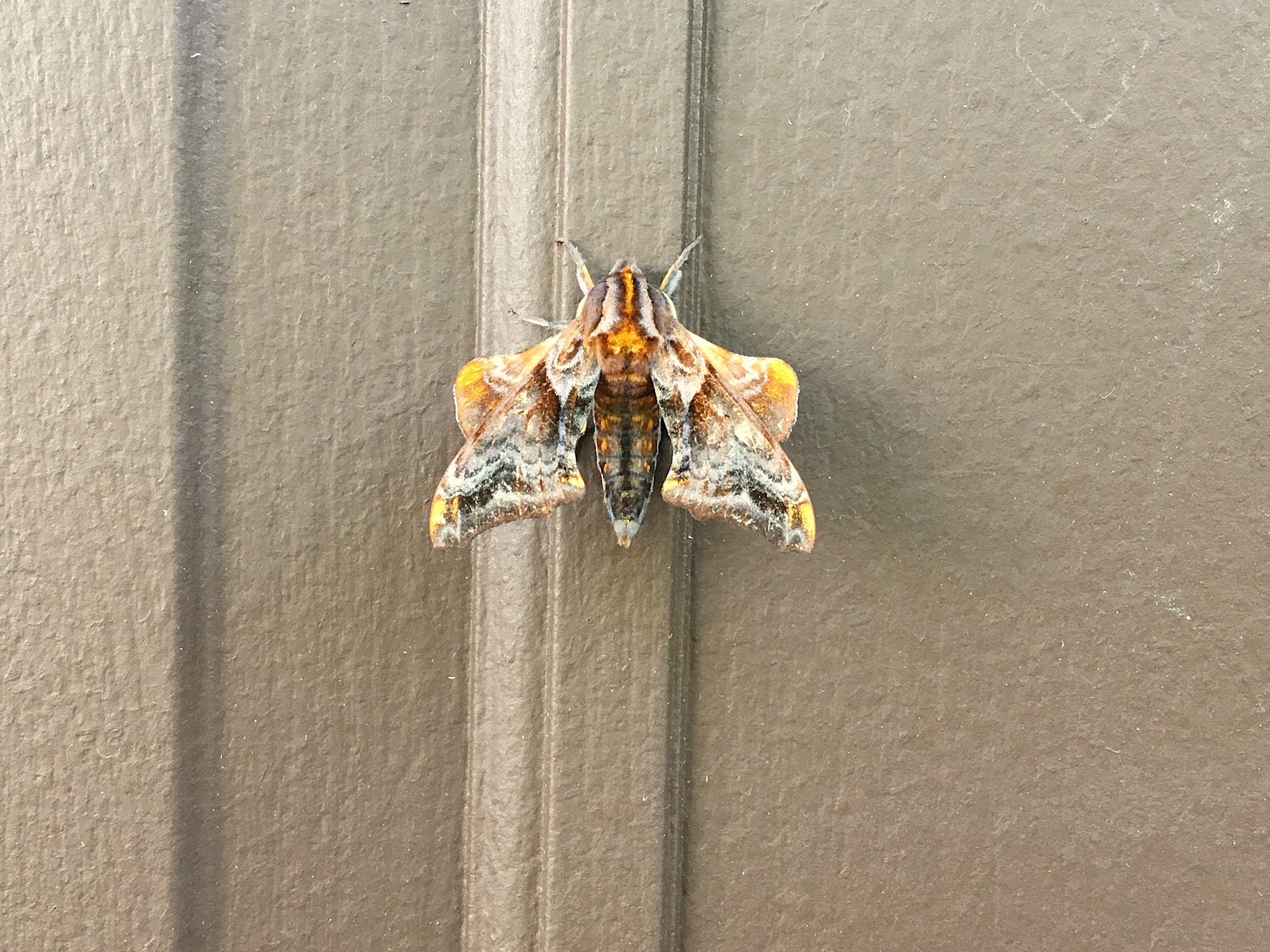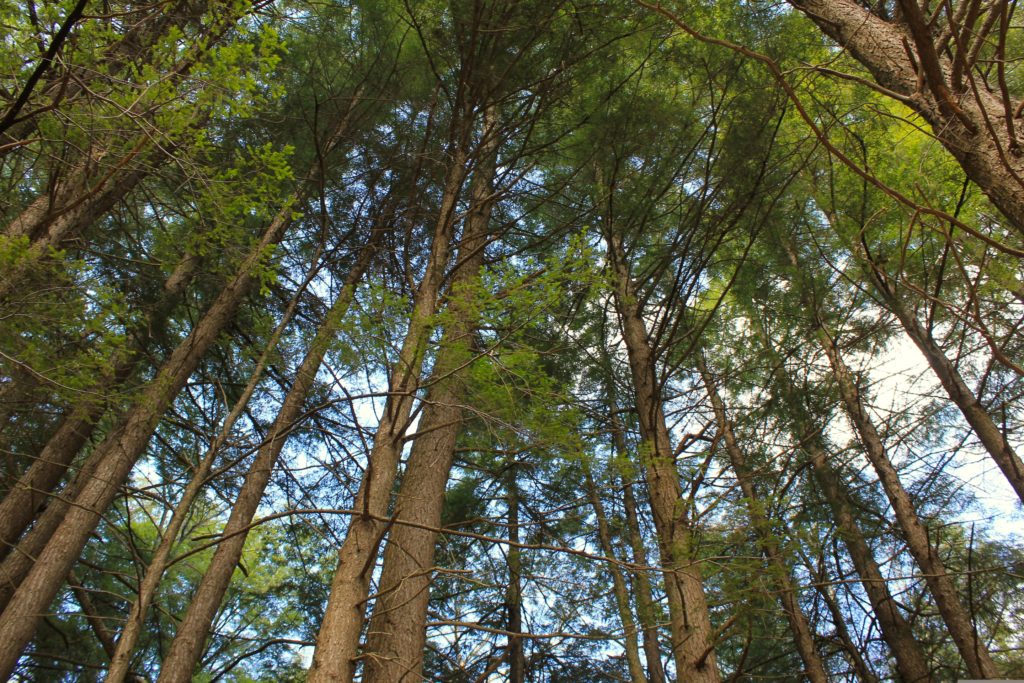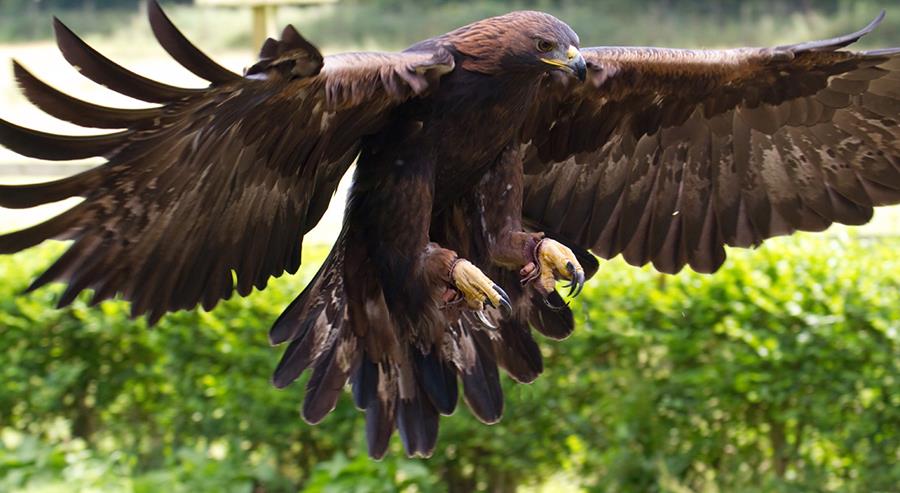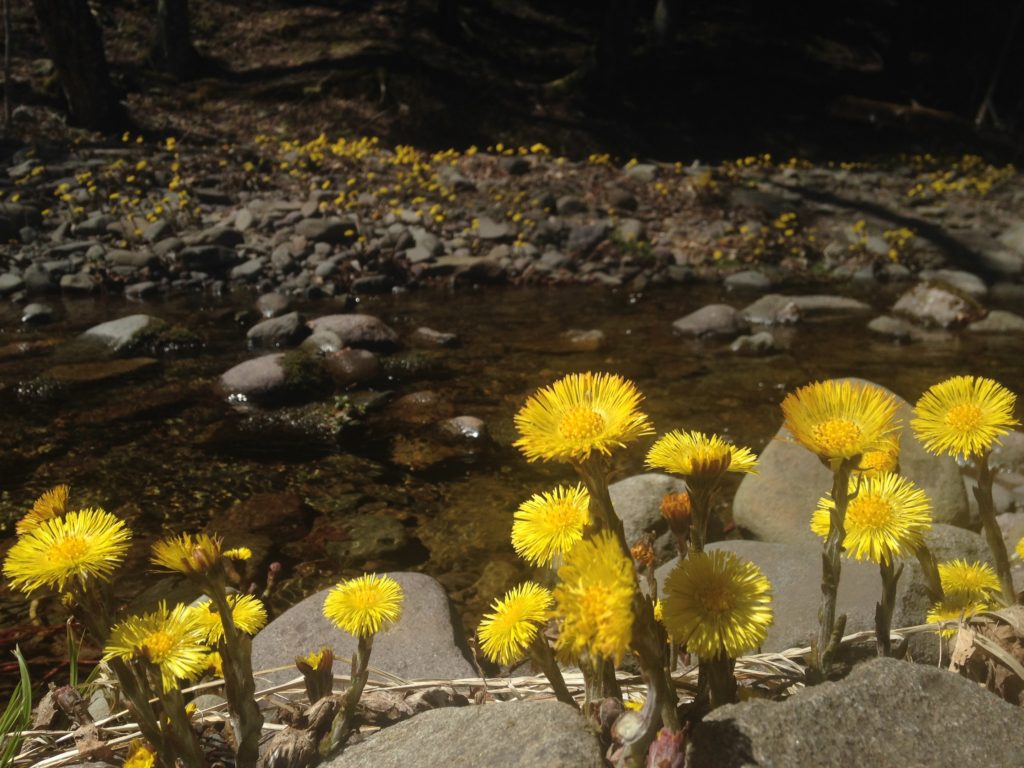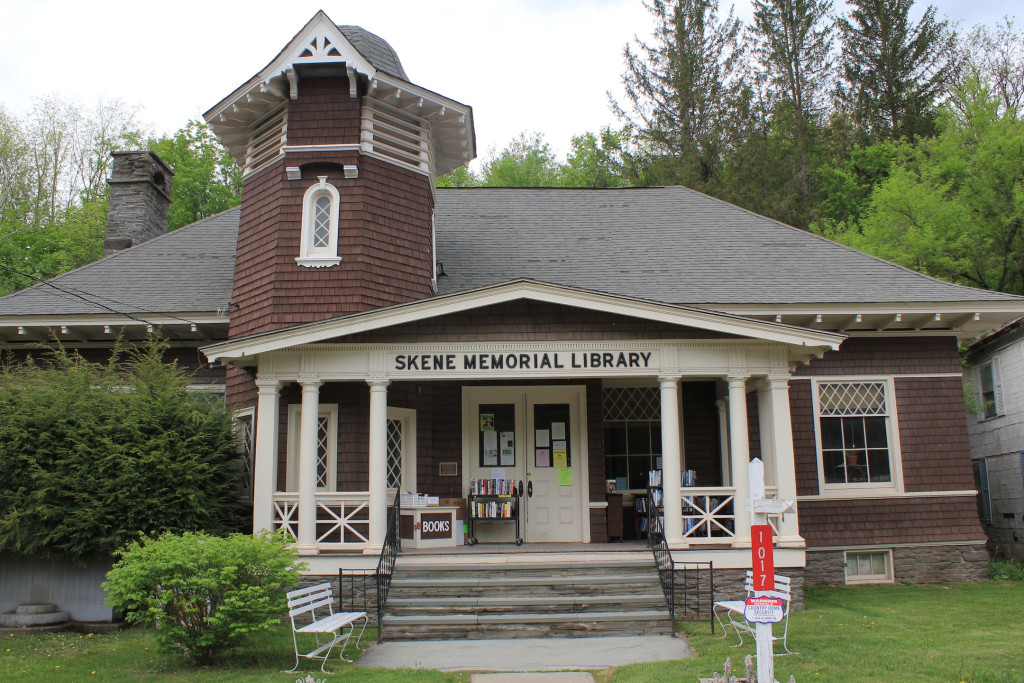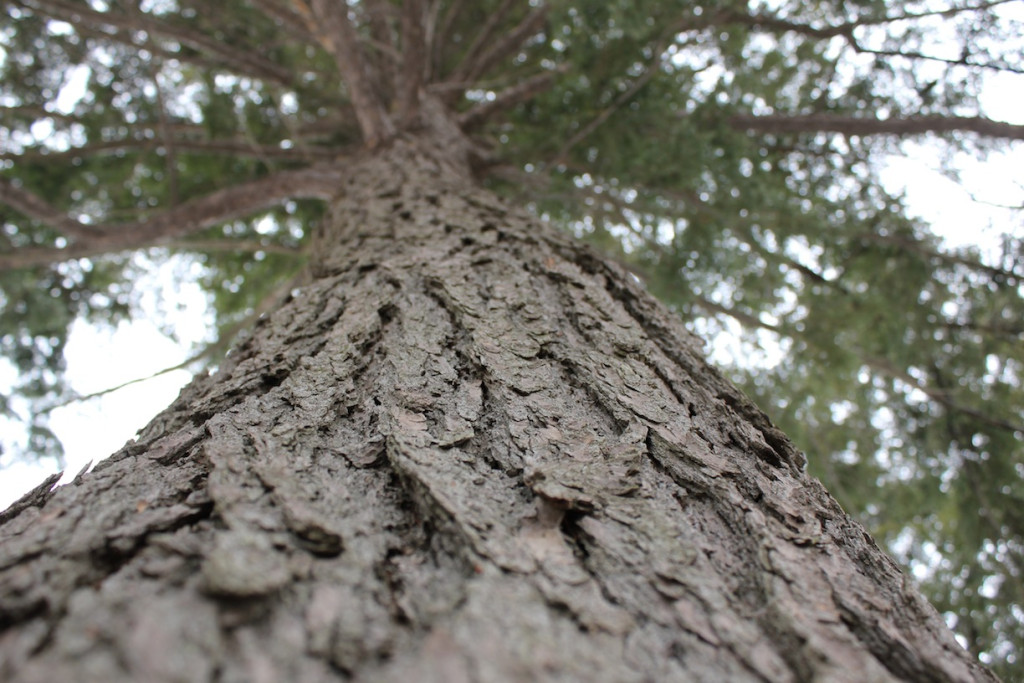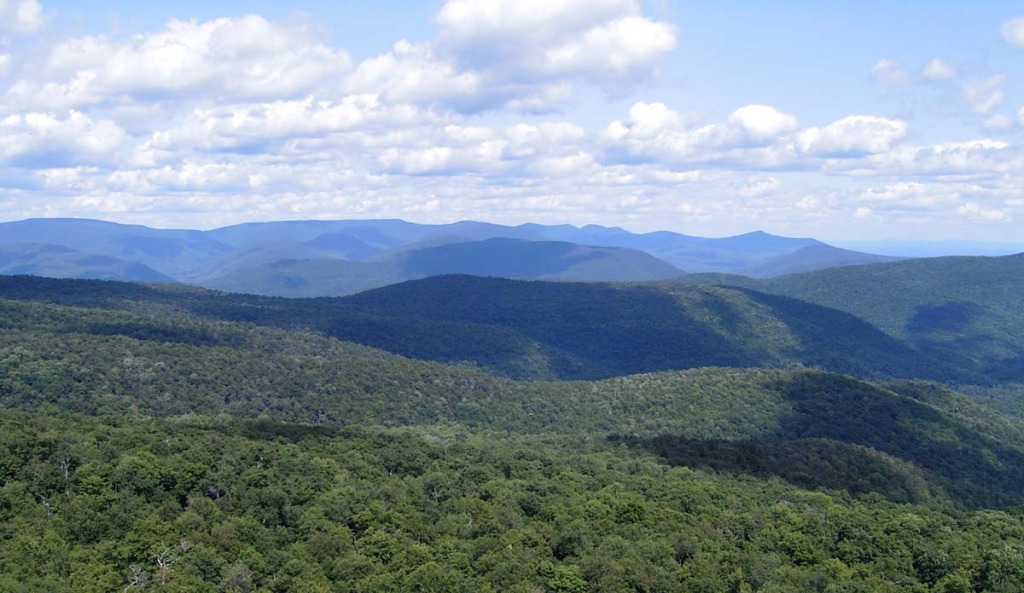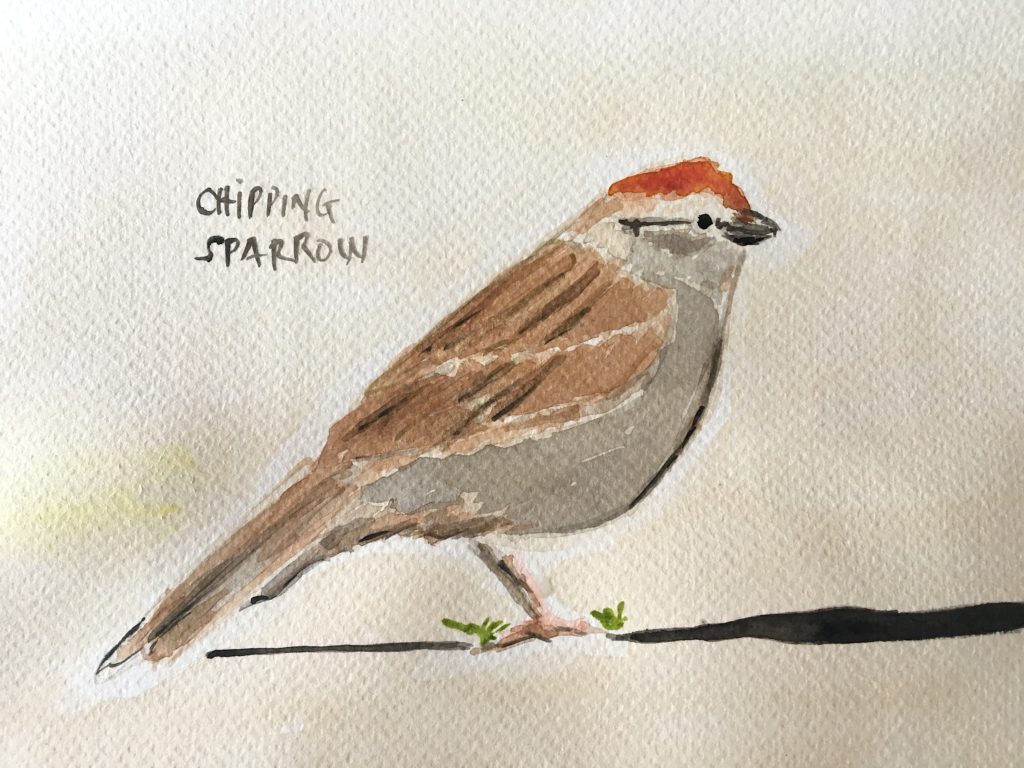
© J.N. Urbanski – Usage prohibited without consent
If you’d have told me ten years ago that I would become a bird watcher, I would have told you to shut up and pass the whisky, but the truth is that birding is yet another remarkable stress reliever of the natural world, a brief distraction from daily worries in which you can focus on something completely different even for a few minutes.
The ability to forget your troubles, even for an hour, will save you more than a few grey hairs and there’s nothing more pressing right now than conservation of nature and the environment. Bird watching is another useful way to get involved. Anywhere there is park land, you’l find birds.
A modern approach to birding would be, of course, an app on the phone. Cornell University offers such an app, called Merlin, for free and, if you turn on location services for this app and submit the date and identification of every bird you spot on your property, whatever species you find gets recorded in their database. The app offers color pictures of birds, recordings of their calls, drums and tweets. This helps the university monitor bird species and, in return, you get forget to where you are, or what day it is, for a few minutes while you’re walking the dog while you stare at a species of woodpecker for half an hour wondering if it’s a downy or a hairy. You will play the song 20 times. Then you can play it’s drum 20 times and, then, ask the dog, who is now wondering what’s up there, several times, because it’s cloudy: “is that a red streak on its head”? The dog will choose not to divulge any information on the subject whatsoever, but will simply stare at you wondering where breakfast is. The second time, you’ll remember to bring the binoculars. After having used the app for a few days, it’s clear that no one bird song is the same as another even in the same bird. There are variations in every species possibly depending on the season, temperature, how high the bird is or how old, but it’s exhilarating to accidentally call over a chipping sparrow, who’s sporting some unusually beautiful plumage ordinarily only seen in spring when he’s interested in making some new chicks.
You can find information for beginner birders here. You can learn about “birding by ear”, which makes more sense than birding by sight, and all sorts of useful information on the subject at the Audubon website.
Bird watching is encouraged at the Mountain Top Arboretum in Tannersville.
There’s a “falcon whisperer” that goes to the top of bridges to monitor the bird population. Presumably, he’s in control of any vertigo. He will speak at the Catskill Center in June.
Some birding events coming up in the Catskills:
The Warbler Weekend, run by the Catskill Center in Mount Tremper on May 25th and 27th.
Taking Flight: A Birding Conference at the Ashokan Center on June 10th to 12th.
Like this:
Like Loading...
